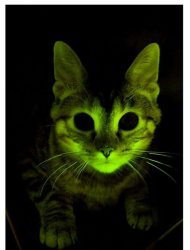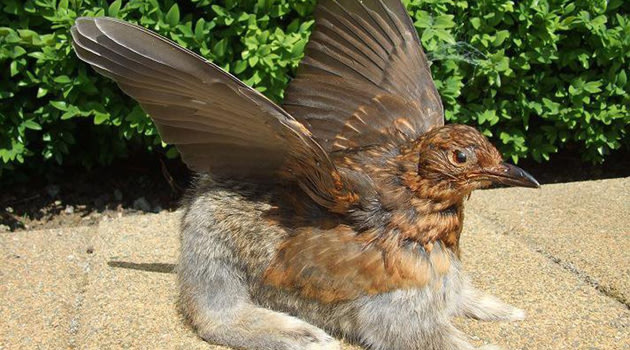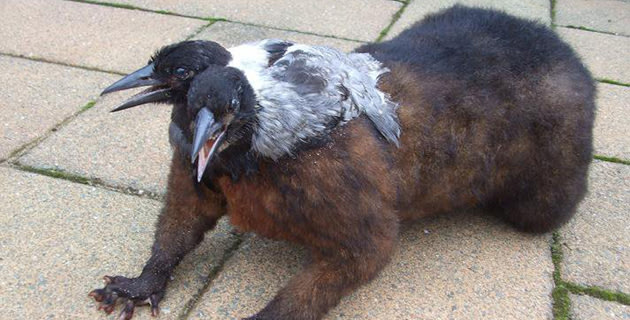Violent video games may actually reduce crime as aggressive players are "too busy" shooting virtual enemies to cause trouble in the real world, experts claim.
Games such as Manhunt and Grand Theft Auto - where gamers rack up points or cash for killing or savagely attacking victims - are routinely blamed for a rise in violent crime.
A spate of high profile murder cases have heard evidence that various games were 'to blame' for a string of killings.
But a report, called 'Understanding the Effects of Violent Video Games on Violent Crime' by three respected academics has said it doesn't believe there is a link.
The report, by Benjamin Engelstätter, of the Centre for European Economic Research, Scott Cunningham, of Baylor University in Texas, USA, and Michael Ward, of the University of Texas, argue that gamers are 'too busy' playing to cause much trouble in the real world.
The report , released earlier this year, states: "Psychological studies invariably find a positive relationship between violent video game play and aggression.
"If violent video games can be shown to cause violence, then laws aimed at reducing access (to the games) may benefit society at large.
"Yet to date, though there is evidence that violent video games cause aggression in a laboratory setting, there is no evidence that violent video games cause violence or crime."
It adds: "We argue that since laboratory experiments have not examined the time use effects of video games, which incapacitate violent activity by drawing individual gamers into extended gameplay, laboratory studies may be poor predictors of the net effects of violent video games in society.
"Consequently, they overstate the importance of video game induced aggression as a social cost. "
It states that rather than violent crime rates soaring when new violent video games are released, they actually drop as gamers are 'too busy' at home playing the games, adding: "Time spent gaming cannot be spent on other activities, both legitimate activities and illicit violent activities."
In conclusion, the study states: "Regulation of the video game industry is usually predicated on the notion that the industry has large and negative social costs through games' effect on aggression.
"Many researchers have argued that these games may also have caused extreme violence, such as school shootings, because laboratory evidence has found an abundance of evidence linking gameplay to aggression.
"Yet few studies before this one had examined the impact of these games on crime.
"We find that the social costs of violent video games may be considerably lower, or even non-existent, once one incorporates the time use effect into analysis."
It adds that if new laws are brought in to reduce the violence of video games it could 'potentially cause crime to increase in the short-run if the marginal player is being drawn out of violent activities'.
It ends by stating: "Overall, violent video games lead to decreases in violent crime."
"Yet to date, though there is evidence that violent video games cause aggression in a laboratory setting, there is no evidence that violent video games cause violence or crime."
It adds: "We argue that since laboratory experiments have not examined the time use effects of video games, which incapacitate violent activity by drawing individual gamers into extended gameplay, laboratory studies may be poor predictors of the net effects of violent video games in society.
"Consequently, they overstate the importance of video game induced aggression as a social cost. "
It states that rather than violent crime rates soaring when new violent video games are released, they actually drop as gamers are 'too busy' at home playing the games, adding: "Time spent gaming cannot be spent on other activities, both legitimate activities and illicit violent activities."
In conclusion, the study states: "Regulation of the video game industry is usually predicated on the notion that the industry has large and negative social costs through games' effect on aggression.
"Many researchers have argued that these games may also have caused extreme violence, such as school shootings, because laboratory evidence has found an abundance of evidence linking gameplay to aggression.
"Yet few studies before this one had examined the impact of these games on crime.
"We find that the social costs of violent video games may be considerably lower, or even non-existent, once one incorporates the time use effect into analysis."
It adds that if new laws are brought in to reduce the violence of video games it could 'potentially cause crime to increase in the short-run if the marginal player is being drawn out of violent activities'.
It ends by stating: "Overall, violent video games lead to decreases in violent crime."




































